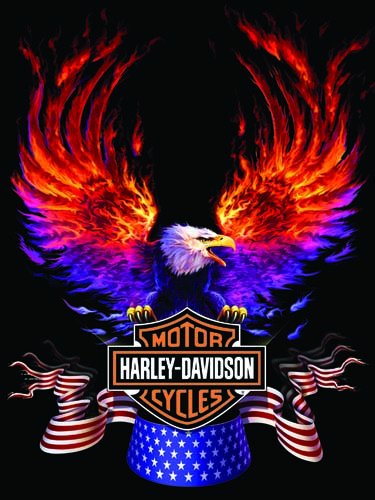Beer Facts — Thank You Jimmy Carter
Beer has always been important to America. One of Thomas Jefferson’s first acts was to pass legislation to ensure a healthy beer industry in the United States. And although there were local craft beers in the early days, with the industrial age came the sort of tasteless, Budweiser-style beers that continued well in the 1970s. The years of Prohibition didn’t help things either.
In November 1978, Congress passed a bill repealing Federal restrictions on homebrewing of small amounts of beer. When Jimmy Carter signed the bill in February 1979, the way was paved for the States to follow suit and permit home beermaking. With the exception of Alabama, all the states now permit home breweries, most allowing 100 gallons of beer per person over the age of 21 per household, up to a maximum of 200 gallons per year. That won’t get you through a Super Bowl party, but it should cover you to half-time. Of course the government isn’t going to do anything that deprives it of tax revenue, so homebrewers are prohibited from selling any beer they brew.
Many beer historians credit this point in history for all the many craft beers we enjoy today. The home brews showed what real beer could taste like, and educated the palates of those who had been drinking the Budweiser swill. I would add that many of these home brewmeisters no doubt caught the beer making bug and went off to start micro-breweries. By 1995, some 600 craft breweries were producing specialty beers in the United States. If you examine the history of many micro-breweries such as Anchor Brewing Company (Anchor Steam), Boston Beer Company (Samuel Adams) and Alaskan Brewing Company (Alaskan Ale), they all follow the same approximate time line. They all have claimed roots back to the 1800s, but in reality they all reformulated and retooled in the 1980s to catch the new micro-brewery wave.
Posted on August 19th, 2008 by Aaron Morris
Filed under: Beer, Beer History, Micro-Breweries









Leave a Reply